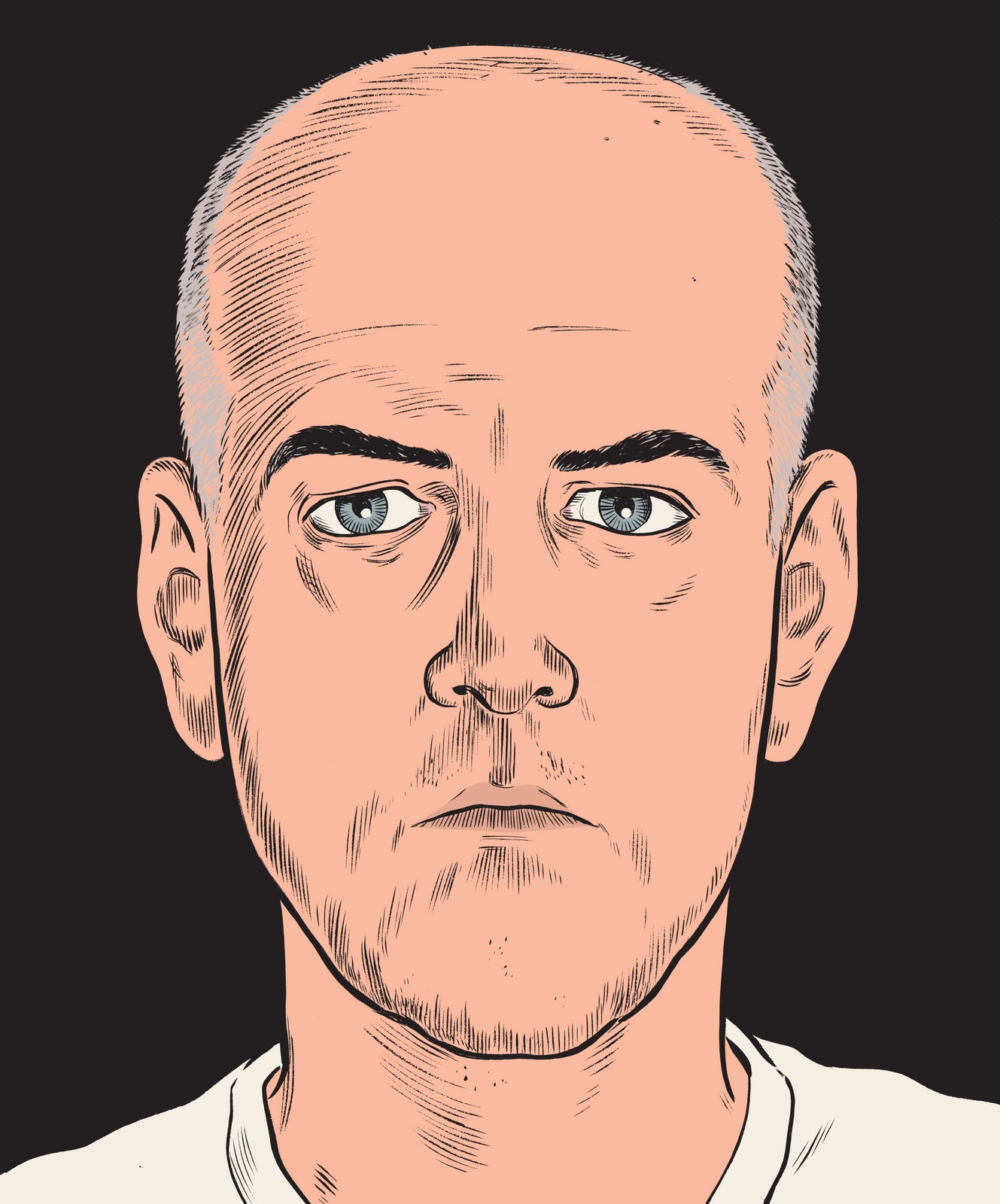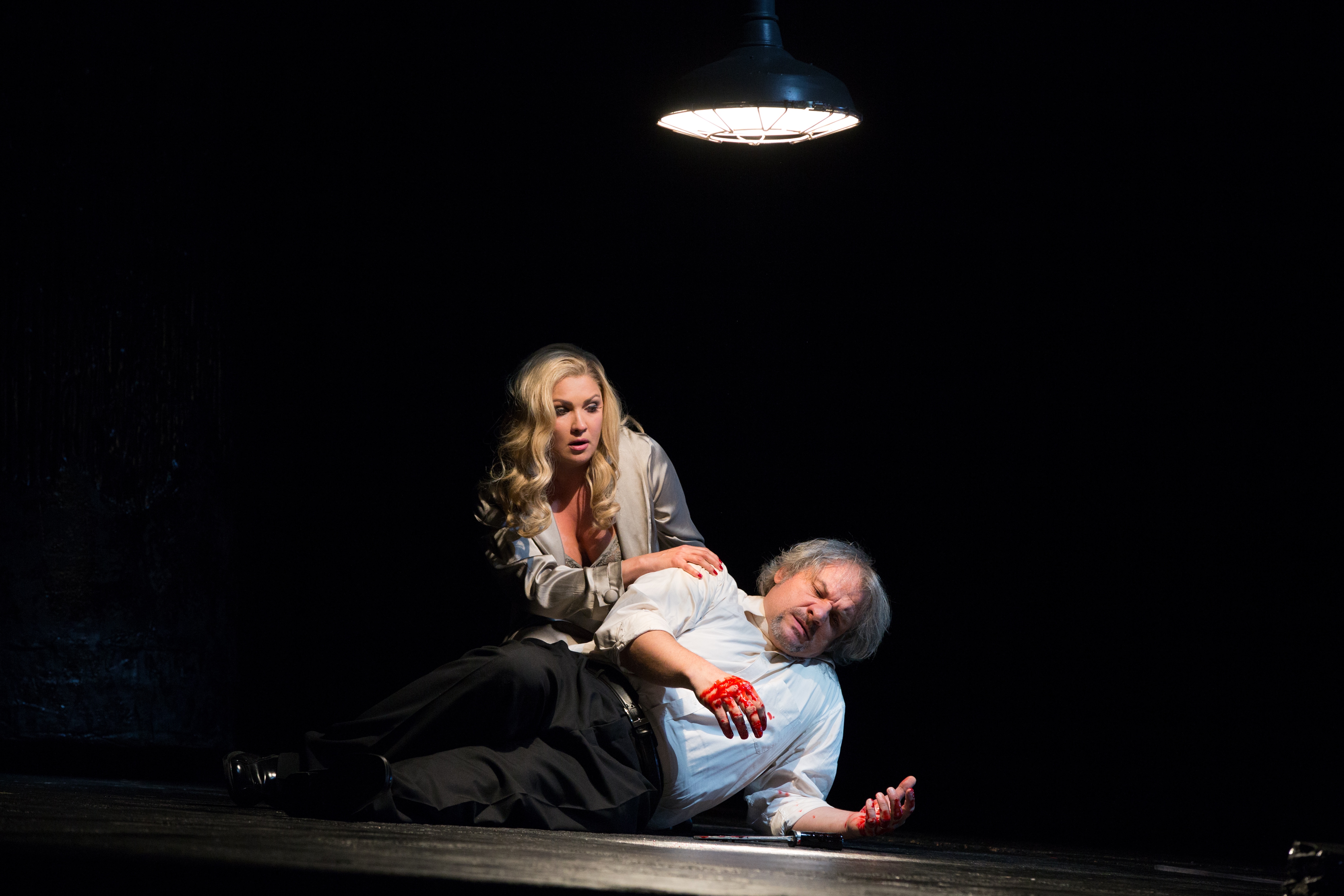According to Michael McClure, it all started about five years ago on a drive through the burgeoning wine-tourism district on the banks of the Sammamish Slough south of Woodinville. “We thought how cool it would be to have a little tasting room right out on the highway where little wineries could offer samples of their products. We got as far as putting the idea to Redhook, maybe building out on their property along 145th Northeast.”
Redhook wasn’t interested. But McClure and his partner, Mike Raskin of MJR Development, stayed interested. They began looking for a suitable piece of land upon which to build their tasting room. By mid-2003 the idea had expanded in scale, to a 4-acre site incorporating not just tasting rooms but two wineries, a grocery, a restaurant, and banquet facilities.
That project looked ambitious enough. But soon the partners got wind of a property on the east side of the slough, a 9-acre site just south of Woodinville proper “that seemed like a much better location for retail”-partly because the new spot abutted a small existing retail complex, currently anchored by Larry and Tabitha Kurofsky’s popular Purple Cafe & Wine Bar. Another 9 acres were acquired nearby, creating the butterfly-shaped 18-acre development announced in mid-August as “Woodinville Village.”
Woodinville Village incorporates not just wineries-there’s room for five, not just two-but major retail (grocery, drugstore, etc.) and, if the city overseers of Woodinville give their blessing, a great many residential units as well, arranged around a looping, two-lane “pedestrian-friendly village street.” If they get their way with the residential part of their plan, the developers hope to integrate their site with the existing residential units already lining the Sammamish Slough, perhaps building a waterside promenade climaxing in an outdoor community amphitheater.
Wine tourism has proved a valuable resource for many communities, but wine residential complexes raise the stakes to a new and intriguing level. One imagines residents awakening during the months of September and October to the rumble of trucks arriving with the grape harvest, strolling down the village street for a morning coffee to sip while watching the frenzied activity of the crushing crews, perhaps even turning out as part-time crush help in exchange for a precious bottle or two of the finished product, and retiring tired and content with the intoxicating scent of fermenting grape juice blowing through the bedroom curtains.
While this vision may go a little beyond what the developers have envisaged, I think it’s an attractive one, and one that points to ways “planned communities” can get beyond, on the one hand, the sterility of cookie-cutter living units and, on the other, the kind of faux village diversity which is almost worse than honest uniformity. People used to live pretty much where they worked. If Woodinville Village turns out as cozy and attractive as it looks in Bob Tiscarino’s master plan and renderings (check them out on www.woodinvillevillage.com), I might consider buying in myself.







